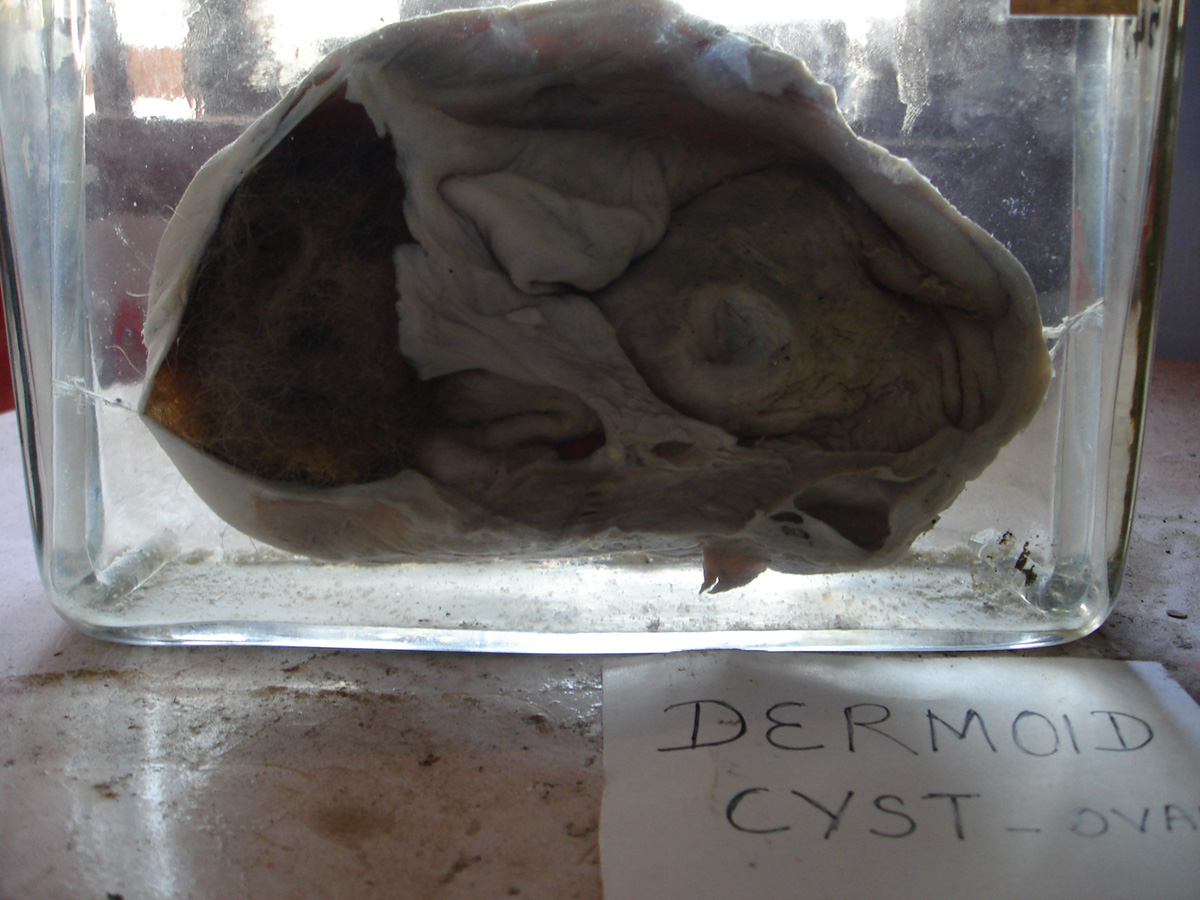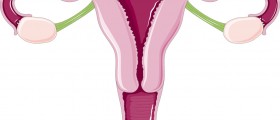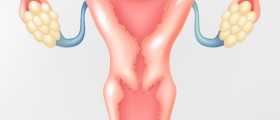What is Dermoid Ovarian Cyst?
A dermoid ovarian cyst is a benign tumor of the ovary. Even though it is benign it requires surgical removal. This cyst most commonly affects young women.
Dermoid cysts are also known as mature teratomas. They can be rather dreadful in appearance because they resemble a small human being in the ovary. Namely, the cyst contains different tissues such as teeth, hair and a thick fluid. Additional content of the cyst may include thyroid tissue and sweat glands. Each and every dermoid cyst is unique and appears differently. Due to very appearance of the cyst many women feel very uncomfortable once the cysts are removed and once they realize what has been growing inside their bodies. Fortunately, dermoid cysts are not cancerous and are usually discovered accidentally during a routine pelvic ultrasound.
What are Risks associated with Dermoid Cysts?
The extent on the nature and the very type of the cyst determine the risk associated with the cyst. Furthermore, even the size of the cyst determines whether the cyst can be dangerous or not. Such cysts particularly if they are large enough are susceptible to rupture. Larger cysts will cause discomfort and they also carry a risk of twisting. As it has been already mentioned dermoid cysts are benign. Still, in very small number of patients dermoid cysts can be malignant. In such instances the risk of additional complications significantly increases.
- Of the 62 patients analyzed in a study, 32 were 0 to 5 years of age (52%) and 23 were 17 years of age or older (37%).
- Forty-seven patients underwent 1 or more imaging study during the process of diagnosis.
- Thirty-two patients were suspected to have a dermoid cyst.
- Forty-nine patients were analyzed to determine the depth of the cyst.
- Bone was seen in 43 patients through imaging tests or during actual surgery, and nine of the 43 had bony problems (21%).
Treatment for Dermoid Ovarian Cysts
In case of small cysts there is no need for any treatment. However, since dermoid cysts are prone to inflammation and in case of huge cyst the risk for twisting and rupture increase women are most commonly treated surgically and the cyst is resected. Doctors generally forbid any kind of strenuous activity until the cyst is surgically removed. Strenuous activities increase the risk of cyst rupture and torsion.
Dermoid cysts are treated with either traditional or laparoscopic surgery. The actual size of the cyst determines which approach is going to be applied. Laparoscopic approach is minimally invasive. It involves a small incision line and does not leave huge scars. It is successfully performed by well-experienced doctors. Traditional surgery is basically performed in case of huge dermoid cysts and in case of cyst rupture and torsion.
In case of rupture of the cyst a woman may develop adhesions, infection and several more complications. It is essential for all surgically removed dermoid cysts to be pathohistologically examined. In case they are confirmed malignant the person must undergo additional treatments.

















Your thoughts on this
Loading...